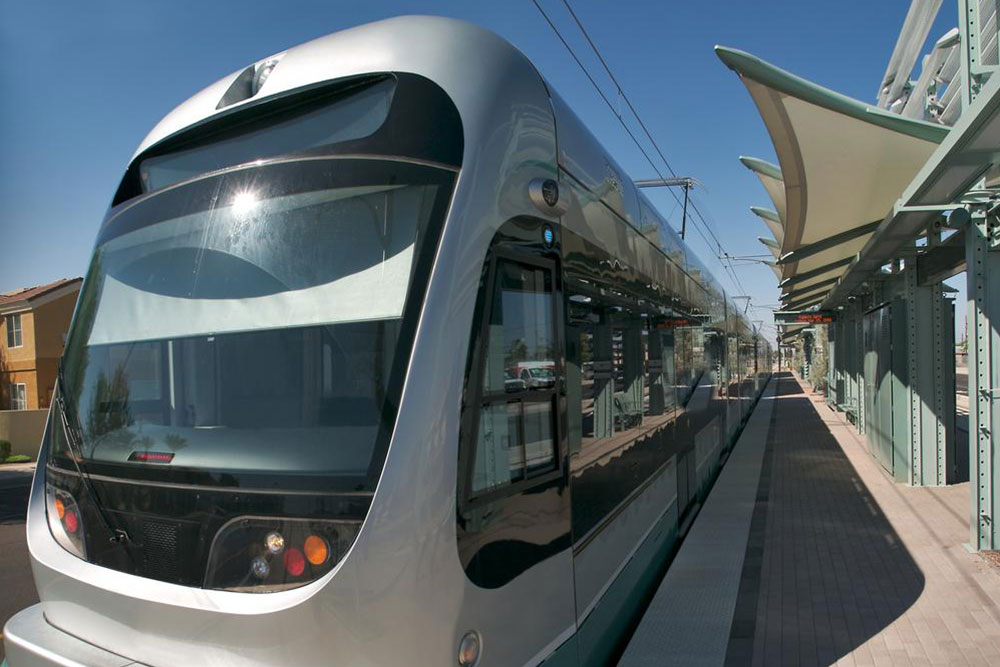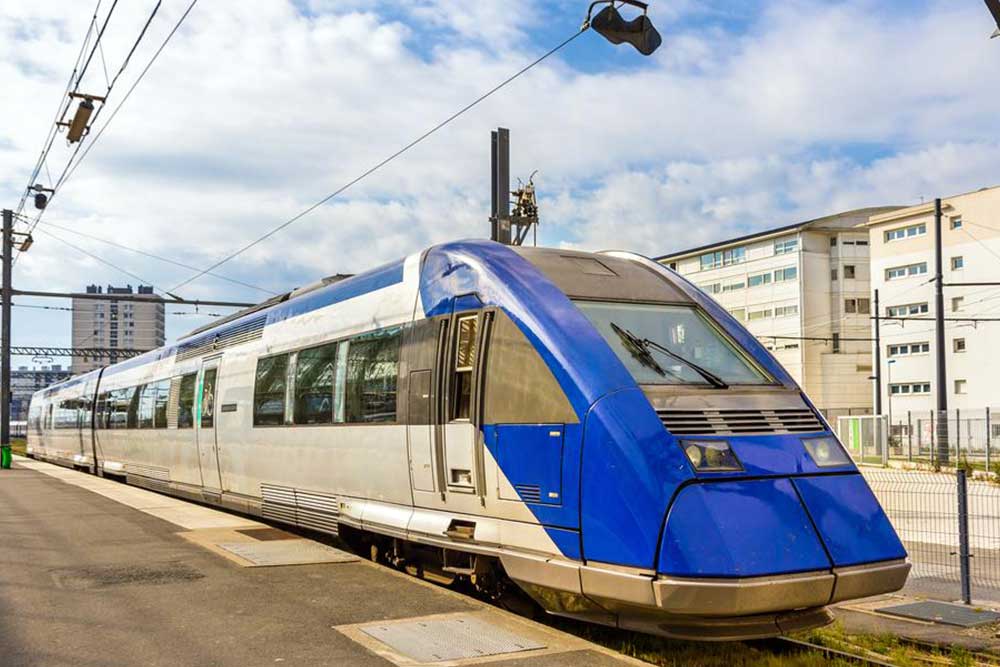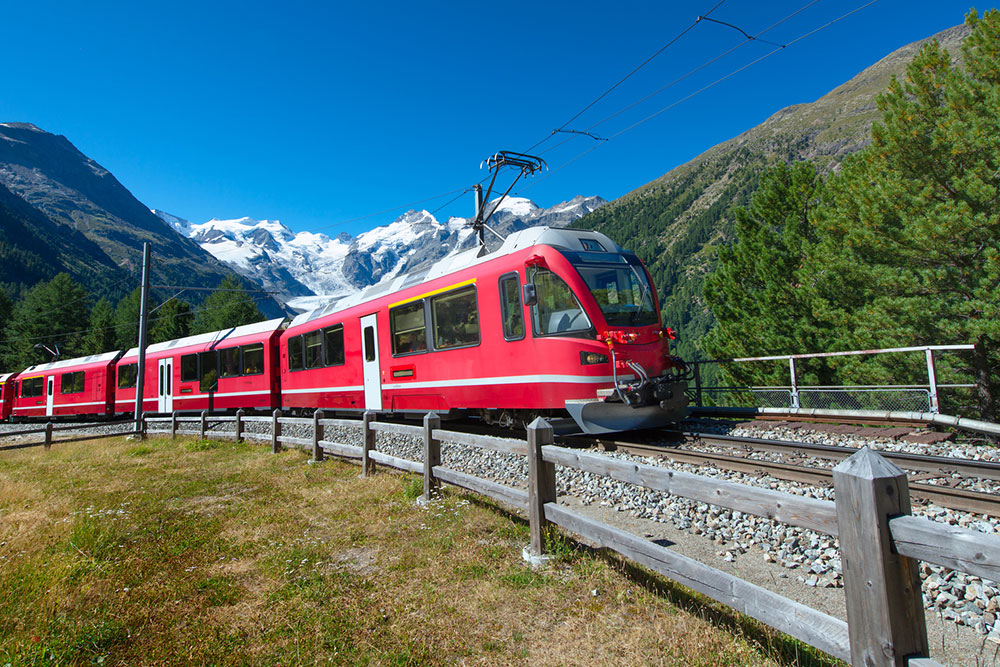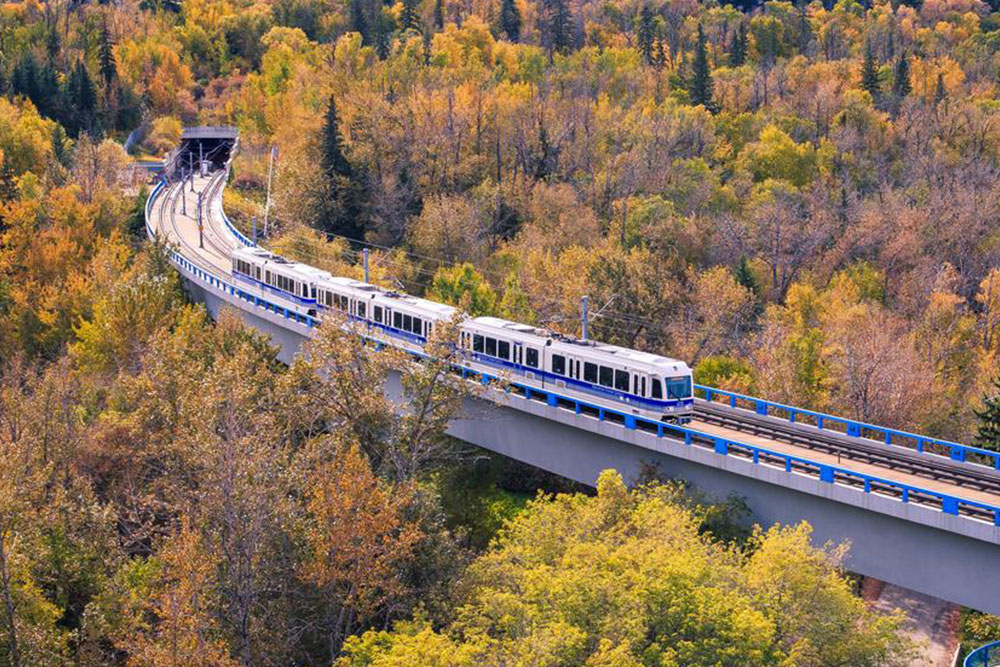The History and Growth of AMTRAK
AMTRAK has evolved from a struggling rail service to a modern, billion-dollar transportation company. With extensive routes, enhanced amenities, and innovative loyalty programs, it remains a top choice for travelers across the United States. Its history reflects resilience and continuous development in American rail travel.
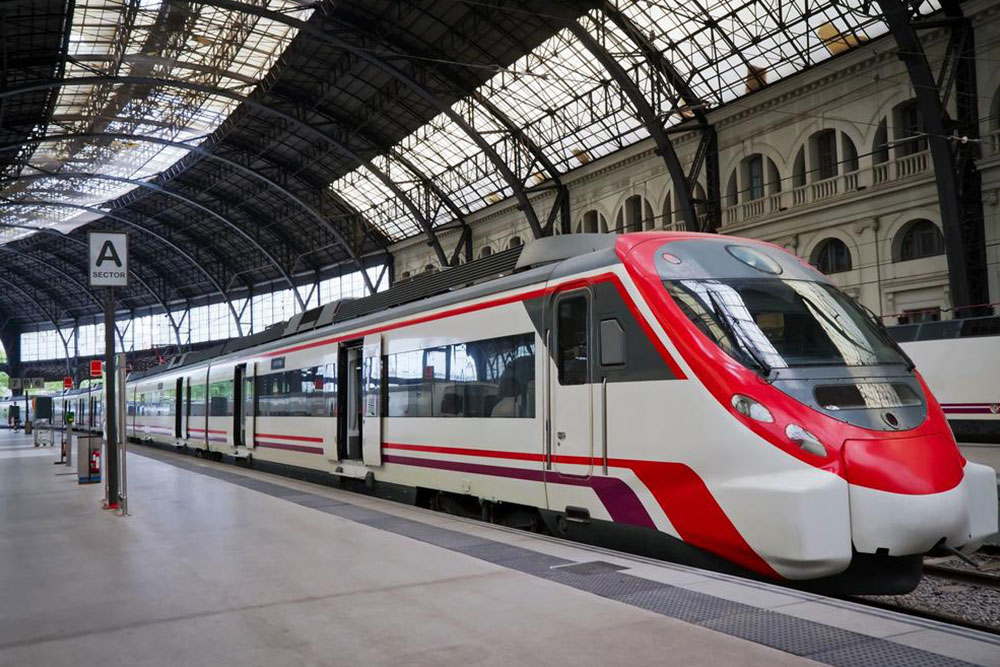
The History and Growth of AMTRAK
AMTRAK, officially known as the National Railroad Passenger Corporation, is a semi-private enterprise dedicated to serving travelers across the United States. Combining 'America' and 'Track,' AMTRAK operates approximately 300 trains daily, connecting over 500 destinations nationwide.
Historical Journey
Peak Popularity: During the 1920s, train travel was at its height, favored over maritime options. However, technological advancements soon transformed transportation trends.
With the rise of automobiles and buses, fewer passengers opted for trains as cars offered greater convenience and lower costs. During World War II, railways thrived with military needs but declined again post-war. In the 1960s, passenger rail services faced potential shutdowns as interest waned.
Bankruptcy Challenges
Financial struggles led many private rail companies to bankruptcy due to declining ridership and profits. In response, Congress passed the Rail Passenger Service Act in 1970, funded by taxpayer money, to sustain passenger trains. The creation of AMTRAK as a hybrid public-private entity aimed to revitalize rail travel.
Initially named Railpax, the organization was renamed AMTRAK before launching operations. Many existing rail companies merged into AMTRAK, helping it survive initial skepticism. Over time, the company proved its resilience.
Development and Challenges
The 1970s saw AMTRAK’s colorful trains and infrastructure expansions, including acquiring rights of way for new tracks. The leadership of George Warrington in 1998 marked a turning point toward financial independence.
Current Status
Today, AMTRAK is a billion-dollar company known for high-quality service, offering amenities like free Wi-Fi, spacious cabins, and affordable fares. Loyalty programs, such as Guest Rewards, attract frequent travelers, making AMTRAK a preferred choice over buses and flights. Its innovative services have earned global recognition, placing America on the map for reliable public transportation.

